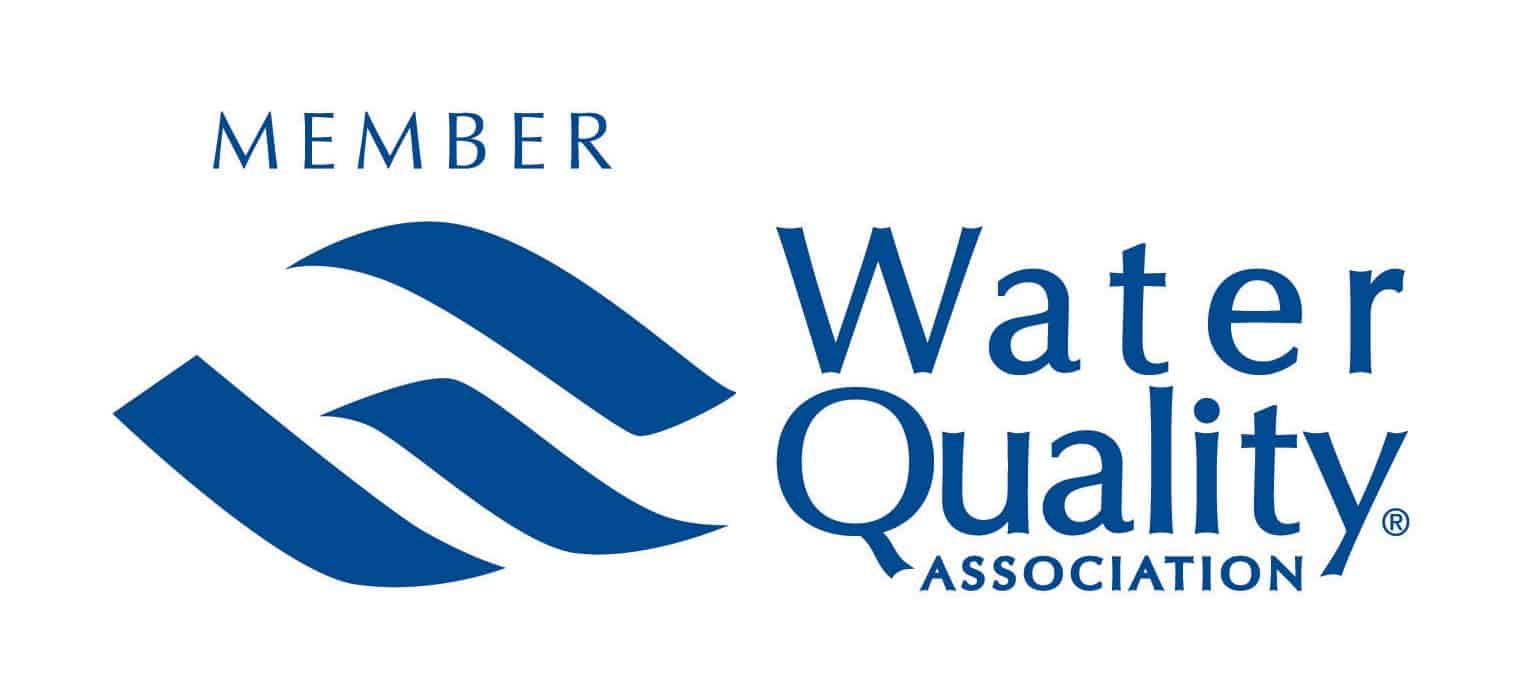What to Know About Septic Systems Costs Both New and Replacement
Do you need to replace your septic system? Are you interested in understanding the costs of septic system replacement?
If you’re considering buying a home that needs a new septic tank system or getting a construction loan to build a new property, you might need to know a typical septic system’s cost.
The costs involved with buying such a system are significant as it requires a lot of work from your contractor.
Many factors affect typical septic system costs. Let’s take a look at the things you need to consider when installing a new septic system, along with replacing an existing one.
What is a Septic System, and How Does it Work?
A septic system is an underground wastewater treatment structure most often used when a municipal sewer system is not available. They are commonly found in rural areas rather than cities.
A typical septic system consists of a septic tank, a distribution box, and a leach field. A leach field is also called a drain field or soil absorption field. A septic tank will help digest organic matter and separates floatable matter such as grease, oils, and solids from the wastewater.
The system discharges the liquid from the septic tanks into perforated pipes buried in a leech field, designed to release the effluent into the soil slowly.
Although the first septic tanks have been in use since the late 1800s, they did not become popular until the 1960s. Up until that time, a cesspool was common in most homes.
How Much Does a Septic Tank Cost?
The cost of a septic tank depends on several factors. The most significant factor in how much you will have to pay for a septic tank is the number of bedrooms your home has. More bedrooms mean more possible occupants and a higher capacity septic tank requirement.
For a 3 bedroom home, the size of a septic tank is usually 1000 gallons. The cost of a 1000 gallon septic tank ranges from around $600-1200. Keep in mind that your location can change the cost from one end of the pricing spectrum to the other.
For homes with 4 bedrooms or more, you can expect the septic tank’s size to be 1500 gallons or larger. You can expect to pay between $1200 and $2000 for a larger septic tank.
When most people think about septic system costs, they think about replacing a tank or installing a new one. This, however, is not where the highest costs come into play when talking about septic systems.
The real expense of installing a septic system comes from the installation of the leach field. When you think about installing a new septic system or replacing an old one, the money will be spent installing the leaching area.
The location of your property, the soil’s quality, and the water table are some of the other things that could change your septic system installation costs.
The Cost of Septic System Installation
Understanding how much it costs to replace a septic system is far more crucial than a tank. The cost of replacing a septic tank is relatively inexpensive compared to replacing a leach field. Replacing a leach field can run anywhere from $5000 to $50,000 or more! Yes, you read that correctly.
There is an extreme variation in septic system replacement costs due to several factors, including the soils’ condition, how high the water table is, whether there are designated wetlands nearby, and the location of your property.
In order to determine the costs of a septic system replacement, an engineer is hired who will start by doing a land survey. The engineer will use the land survey to determine the best location for the system’s installation. They will design what’s called an “as-built” that shows how the system is constructed.
The engineer will also conduct soil testing, including doing what’s called a perk test and deep hole test to assist in the right location. They use the data from these tests in order to design a septic system that will function properly.
Areas that have gravel as their main soil source are the best due to how easily they leach. Having soils high in clay leads to a higher expense because they will need to be replaced by trucking in the gravel.
A high water table can also dramatically affect the pricing of a septic system. The local board of health will likely want the septic system to be 3-4 feet above the water table. The requirement is based on preventing contamination of the water source.
If your lot is situated somewhere with a high water table, you can expect to pay more for installation.
In this type of situation, your contractor will have to bring in large amounts of aggregate to raise the leaching field’s height. This will push up your installation costs greatly.
Who Installs Septic Systems?
A septic system is stalled by a company that is licensed for such work. Like any other business, it is imperative to do your due diligence before hiring a septic installation company.
Be sure to interview multiple firms and get estimates in writing. The cost of replacing a septic system can vary tremendously from company to company. The estimate should include costs for permitting, installation, and restoration work for your yard.
Make sure the septic installer has the proper insurance and licensing. I would recommend speaking to family and friends for references on anyone they know or have done business with. Your real estate agent could also be a valuable source for finding a septic system installer.
If you’re not having much luck, you could also do a Google search for septic system installers near me, septic system installers nearby, or septic system contractors near me. Doing this kind of online search should provide some suggestions to start.
Why Do Septic Systems Fail?
Like many other things, septic systems will cease to function properly over years of use. How you treat and maintain your system plays a significant role in how long it will last. For example, it is highly discouraged to have a garbage disposal with a septic system.
Food and other waste are not meant to enter a septic system. Over time, these things can clog leach lines, creating a situation that causes the system to stop doing its job properly. Grease is another big no-no and should not be poured into a sink drain.
Only bio-degradable materials should be flushed down a toilet. Making all of these mistakes could take aways years of life.
Treating your septic system properly can add years to its life expectancy.
Buying and Selling a Home With a Septic System
When you are buying or selling a home, a septic system inspection is vital. Like a home inspection, it is a significant hurdle to clear. Nobody wants to purchase a lemon and have the added expense of spending thousands of dollars on a septic system replacement.
In some states having a septic system inspection is a legal requirement.
The cost of a Title V septic inspection will typically cost between $700-$1000.
Lenders will not grant mortgage financing without having a passing Title V septic system report. If the septic system inspection fails, the seller has two choices. They can either replace the system or do an escrow holdback until the installation is complete if the buyer’s lender allows it.
Doing the escrow holdback allows the agreed-upon closing date to continue without interruption. Lenders almost always will ask for 1.5 times the average of two estimates to be held in escrow.
For example, if the septic system replacement cost will be $20,000, they will ask for a $30,000 holdback. The seller will get this money once the work has been completed and the city or town has approved the installation.
Over the years, I’ve sold many homes with a failed septic system, and we closed by doing an escrow holdback.
One other vital tip: make sure you don’t misrepresent your bedroom count when you have a septic system. You could find yourself in a lawsuit when doing so. Real Estate agents and sellers have been sued and lost.
Getting a Septic System Replacement Loan
Can you get a loan for septic system replacement? Over the years, lots of people have asked me this question. The answer is yes, and some states will provide financial assistance as well.
Here is a helpful list of where you can get funding for septic system replacement.
You Need a Permit for Your Septic System
Before you begin your installation, you need to get a permit from the county clerk’s office or the environmental or zoning department. Costs can vary depending on the state you are in, but you can expect to pay between $300 and $500. Permits for commercial use can be three times the cost.
When is the Septic Tank Installed During a New Build?
To complete the groundwork necessary to install the septic system, your contractor will have to wait until the home’s framing is finished. If the hole is dug before then, it can compromise the construction process. It would mean any trucks on the lot would need to be carefully positioned to avoid the hole, which could compromise the construction and add to your costs.
Normally your contractor will include the cost of installing the septic system in your overall costs. This will likely be the case, even if they are using subcontractors to do this work.
Here are other questions worth asking a builder when constructing a home for the first time.
Video: How to Find Your Septic System
Get some helpful tips on how to find your septic system in this video.
What to Know About Septic System Maintenance
The cost of septic system installation and the materials required is considerable, so you want to make sure it lasts as long as possible. If it is maintained regularly, you should have fewer problems with it, and it will not need replacing as quickly.
Maintenance will normally include pumping and cleaning the tank that will clean out the sludge. This should allow the drain field to last longer before it requires renewal. You can expect maintenance to be required every 2 or 3 years. Though with a larger family of 6 or more people, this may be required every year.
Expect to pay $200 or $300 for this sort of maintenance. The cost of maintenance depends on your location and the ease with which the tank can be accessed.
How Do You Know When a Septic Tank System Needs Replacing?
Typically septic systems can last 20 or 30 years and sometimes much longer before they need to be replaced. Some signs could indicate there’s a problem with your system.
Green Grass
If you have grass over your drain field, is the grass growing better than in other areas? Are there plants nearby that are growing faster than other plants? If you can find no other cause for this to be happening, it could be a sign that the drain field isn’t functioning as it should.
Yard Puddles
If it hasn’t rained, but there is still a puddle in your yard, it could be a sign that the drain field isn’t working as intended. If there is an awful smell accompanying the puddles, you can expect to find out that your septic system has failed.
Flushing Problems
If your toilet flush isn’t working as expected and seems like pipes are clogged, that could be a sign of problems. An unpleasant odor in the home can also indicate that not everything is as it should be with your septic system.
Overflowing
A tank that is overflowing shows that it is malfunctioning. Septic tanks gradually fail over time, particularly if they haven’t been regularly maintained.
Contamination
A septic system that doesn’t work as intended might contaminate well water and will require urgent replacement. The local board of health could potentially condemn your property if they find it unsanitary and can contaminate other properties nearby.
Cost to Replace a Septic System vs. Installing New
If you do need to replace your system, the cost can sometimes be more than if you had a new system installed from scratch. This can happen because of the expense associated with the removal of the old system and any contamination.
If you are fortunate, you may find that you only need to replace the pump to get your septic system working again. Pumps can typically need replacing every 10 years and could cost you around $1,000-$2000.
If there is a problem with the leach field, it will mean that there isn’t enough drainage. Leach fields almost always need replacement when they stop working as intended.
Miscellaneous Septic System Repair Costs
There are some parts to a septic system that may need replacement at some point. They are as follows with their corresponding costs:
- Replace a baffle – The baffle is a part of the septic tank that will prevent scum from building up in the inlets or outlet pipe. The approximate cost to replace is $300-600.
- Tank cover – The tank cover is made of concrete and, over time, can get damaged. The approximate costs to replace one is a few hundred dollars.
- Concrete distribution box – a distribution box or D-box for short is a smaller tank that distributes the liquids out to the leach field. The average cost to replace a distribution box is between $600-1300.
Can You Repair a Septic Leach Field?
Years ago, the answer to this question would have been no; you cannot repair a septic leach field. Today, it is more plausible you could potentially avoid the painful bill of full leach field replacement.
There is a technology called septic aeration. Essentially, aeration devices that dissolve oxygen are added into the wastewater to promote aerobic digestion.
A traditional septic system works in an anaerobic or oxygen-free environment, promoting a black, sludge-like layer called the biomat in the leach field.
After years of use, the biomat builds up and seals the leach field’s ground and sidewalls, stopping it from absorbing water discharged from the septic tank. This results in the septic system failing.
Septic aeration is an easily installed process that converts the anaerobic system to an aerobic or oxygen-rich system.
By adding oxygen into the septic tank, aerobic bacteria thrive and will consume twenty to thirty times more organic material than anaerobic bacteria.
How Septic Aeration Works
The aerobic bacteria significantly reduces the number of nutrients in the septic tank effluent that the biomat requires to live and grow. Eventually, the biomat begins to die.
The biomat is further reduced in size by aerobic bacteria that leave the septic tank along with water containing high levels of dissolved oxygen and feed upon it.
The system makes the biomat shrink in size until it completely disappears. The leach field’s ground and sidewalls return to a permeable state, and the aerobic septic system will now function like it was just installed.
In most cases, the septic problems cease to exist, and the septic system is restored to working conditions in weeks. What you avoid with septic aeration is digging up your yard and tens of thousands of dollars in expense.
You will need to find out if this kind of treatment is acceptable to the local board of health. A local septic system company should be able to provide that answer as well. Another potential method for treating a septic system is what’s referred to as terralift aeration.
Final Thoughts on The Costs of Septic Systems
Septic systems are one of the most expensive components that go into the construction of a home. Replacing a septic system can be a very painful expense. Unfortunately, replacing a septic system does very little when it comes to the market value of your home. It has a meager return on investment.
Don’t expect a new septic system to have a significant impact on your home appraisal. Hopefully, you have found this guide on the cost of replacing a septic tank and leach field to be helpful.




